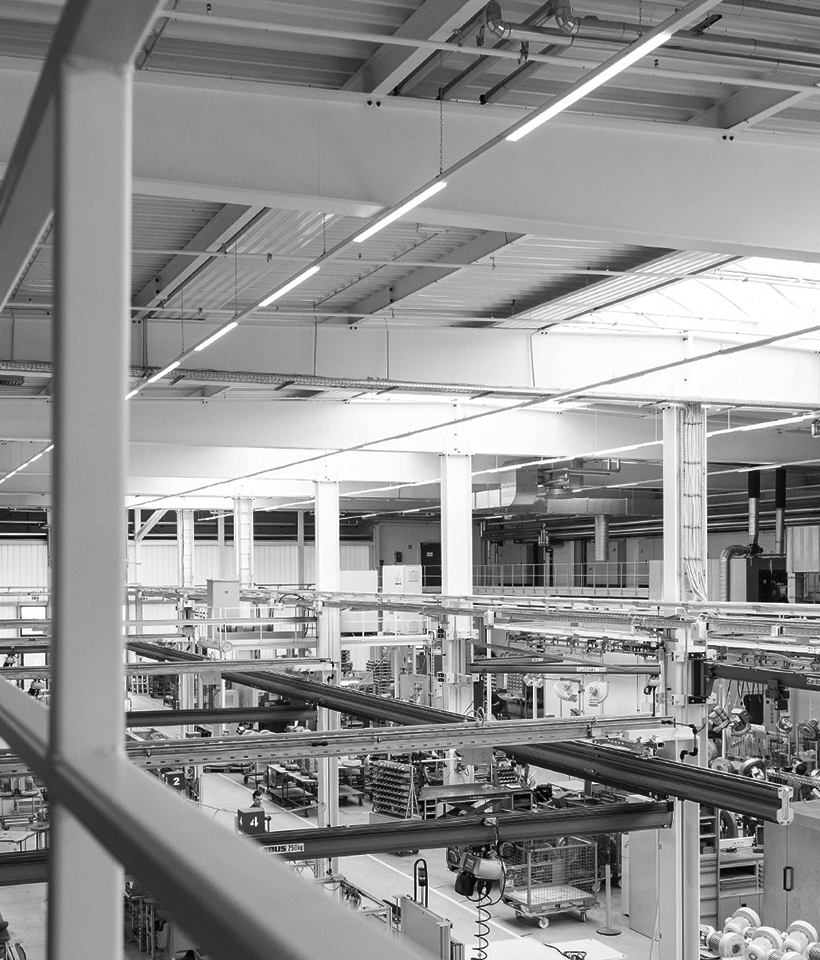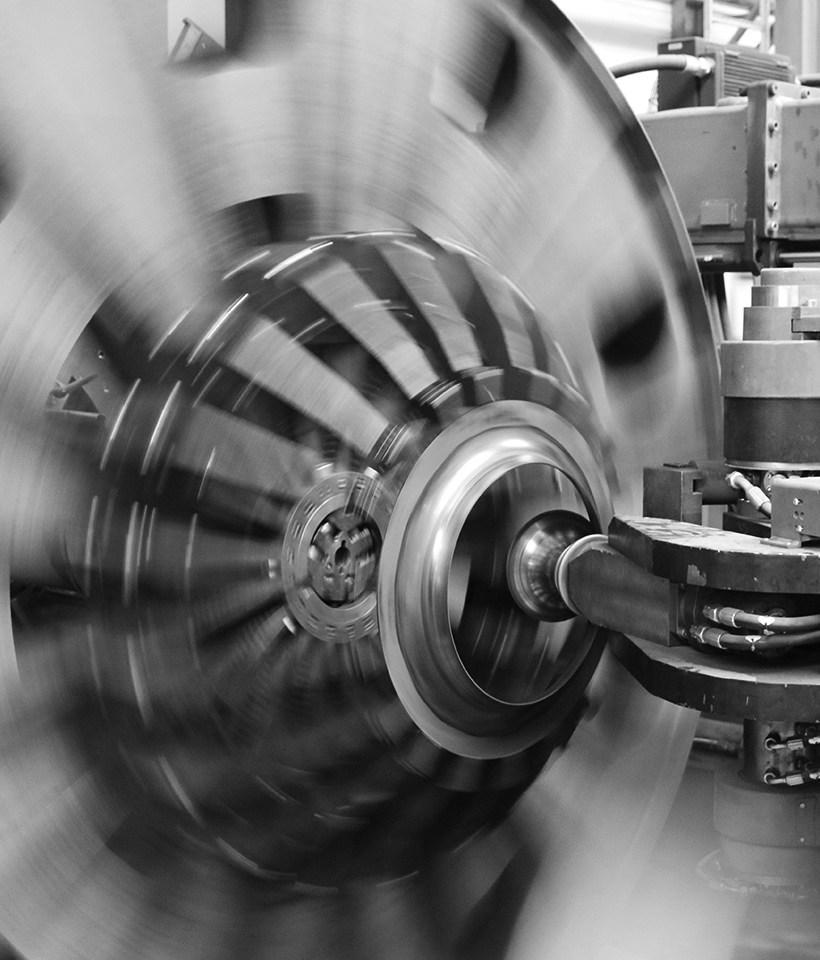Here you will find answers to the most frequent questions from various industries. (For the following ranges the FAQs are not relevant: CFL, CFM, CFH, CFXH, CFLD, CFMT, PFL, PFM, MAF, HAFC)
What sound absorption measures are available?
We offer the following components in our delivery program:
- Tube silencers
- Circular silencers
- Noise insulation jackets
- Housing insulations
The noise reduction by the components depends on the operating location and blower. If you have any questions, please don't hesitate to contact our Customer Support department.
How high is the noise pressure level of the devices?
The noise pressure level (freely aspirating) of the blowers can be found in the datasheet.
For which zones are the blowers available in ATEX?
Gas: Zone 1 + 2
Dust: Zone 22
Are ATEX-devices available?
Yes, our blowers are available in explosion-proof ATEX-models.
Unfortunately, side channel blowers are not available as ATEX-devices. If you have any questions, please don't hesitate to contact us / our Product Management department.
What is the ramp-up time of a device?
Direct switch-on: max. 6-10 s
Star/delta ramp-up: max. 10-15 s
Frequency converter: up to 40 s
What value is the pressure relief valve set to?
The pressure relief valve is set to the limitation value of the respective side channel blower (for values see catalogue).
Can the set value on the pressure relief valve be subsequently changed?
Yes, but only by Elektror technical personnel or after consultation with Product Management.
How does a pressure relief valve work?
The pressure relief valve is a spring-supported valve that opens when the set limitation value is reached and conducts excess air via the bypass. It thus protects the side channel blower against an overload.
For which thermal class are the motors manufactured?
The mass production model is thermal class F.
How high is the permissible frequency tolerance?
The permissible frequency tolerance amounts to ±10 % of the rated frequency.
How high is the permissible voltage tolerance?
The permissible voltage tolerance amounts to ±10 % of the rated voltage.
In case of motors with multiple voltage ranges: ±5 %.
How high is the starting current?
The starting current amounts to about 7 to 10 times the rated current (see rating plate).
How high is the max. permissible switching frequency?
The max. switching frequency per hour amounts to max. 30 per hour. The number depends on the peak and expiration time of the motor.
How high is the power input?
The power input depends on the rated voltage and the rated frequency as well as on the operating point. The power input may not exceed the rated current (see indications on the rating plate).
Is a combination of silencers and fine filters possible?
Yes. A filter and a silencer on the suction side can be combined. To do this, two suction nozzles are required for the installation. This construction needs to be supported by the customer.
What filter classes are the filters offered in the catalogue?
Blowers
Mass-production: G4 (formerly EU4).
Special filters in M5 are possible on request.
Side channel blowers
The fine filters for side channel blowers are not classified and approximately correspond to M5.
How often does the filter mat of the fine filter need to be exchanged?
Exact intervals can not be specified. The utilisation lifecycle depends on the degree of pollution, the conveyed air volume as well as the required minimum air volume for the application/the process.
Can a high-pressure blower /side channel blower that is suitable for frequency converter operation (up to 80 / 135 Hz) be operated directly on the mains at 50 Hz / 60 Hz?
No. The motor is rated for the ratio 400 V for the higher frequency (up to 80 / 135 Hz). If operated from the mains, the motor would receive an excessively high voltage and be overloaded accordingly. The blower /side channel blower would also not be able to supply the required ventilation performance due to the low rotational speed.
Can suitable blowers for special voltages be delivered for frequency converter operation?
Yes. A motor filter needs to be provided by the customer, and the frequency converter must be suitable for the voltage. In the planning it must be taken into account, however, that the frequency converter can convert a higher voltage.
Example:
Mains voltage/input voltage to the frequency converter: 480 V.
Output voltage from the frequency converter to the motor: 400 V.
A conversion in the opposite direction is not possible.
What is the difference between the designations FU and FUK?
The designation FU means that the motor is suitable for frequency converter operation and can or must be regulated via a switching cabinet frequency converter.
In the FUK model, the frequency converter is built directly onto the motor. This model is available up to a motor output of 20 kW.
How high is the min. permissible frequency?
The min. permissible frequency amounts to 20 Hz. For blowers with a temperature block (conveying medium temperature over 80°C), the min. permissible frequency amounts to 35 Hz.
How high is max. permissible frequency?
The max. permissible frequency is indicated on the rating plate. For example, a 50 Hz blower may not be operated at 60 Hz.
What are some of the Elektror warranty conditions?
The warranty conditions apply to material and manufacturing defects.
Excluded from the warranty are consumable and wear-and-tear parts, abnormal applications and irregular servicing and maintenance.
What wear-and-tear parts does a blower have?
The usual wear-and-tear parts are the ball bearings, V-belts, impellers, drive motors and seals.
How long is the lifecycle of the ball bearings?
The nominal ball bearing lifecycle amounts to at least 22,000 hours.
How long is the lifecycle of V-belts?
The nominal lifecycle of the V-belts amounts to at least 25,000 hours.
What is the function of a reverser?
A reverser is a pinch valve for side channel blowers. The valve can switch between suction and pressure operation (e.g. pneumatic letter chute system) or switch off the suction/pressure operation without having to switch off the side channel blower. The switch-over time amounts to approx. 0.7 seconds.
What is a temperature block?
The temperature block is a constructive measure between the blower rear wall and motor or blower bearing that makes it possible to convey higher transport fluid temperatures. The distance between blower rear wall and motor or blower bearing is increased, and an additional ventilation wing is installed on the shaft and the ball bearings are lubricated with hot bearing grease. The distance over the motor shaft or blower shaft differs, depending on the blower size.
How high can the max. conveying medium temperature be on side channel blowers?
The max. permissible conveying medium temperature on side channel blowers should not exceed 40 °C. Higher temperatures are possible under certain circumstances. If you have any questions about this, please don't hesitate to contact our Product Management department.
Wie hoch darf die max. Fördermitteltemperatur bei Ventilatoren sein?
The max. permissible conveying medium temperature on blowers may not exceed 80 °C on mass-produced devices and 180°C on special models (with temperature block). Higher temperatures on request.
What is the max. ambient temperature for motors?
The ambient temperature for motors may be max. 60 °C.
For frequency converter operation: max 40 °C.
What is the max. temperature increase on side channel blowers?
The temperature increase on the air outlet side can be up to 120K. For exact values, please contact our Product Management.
Why are there two rating plates on the side channel blowers?
The first rating plate specifies the performance range of the side channel blower in the IE3 efficiency range. The IE3 efficiency class is not mandatory on side channel blowers. That is why we specify the data that the motor can cover outside the efficiency class on the 2nd rating plate.
Are seals required for suction or pressure nozzles?
For normal applications, seals are not required.



